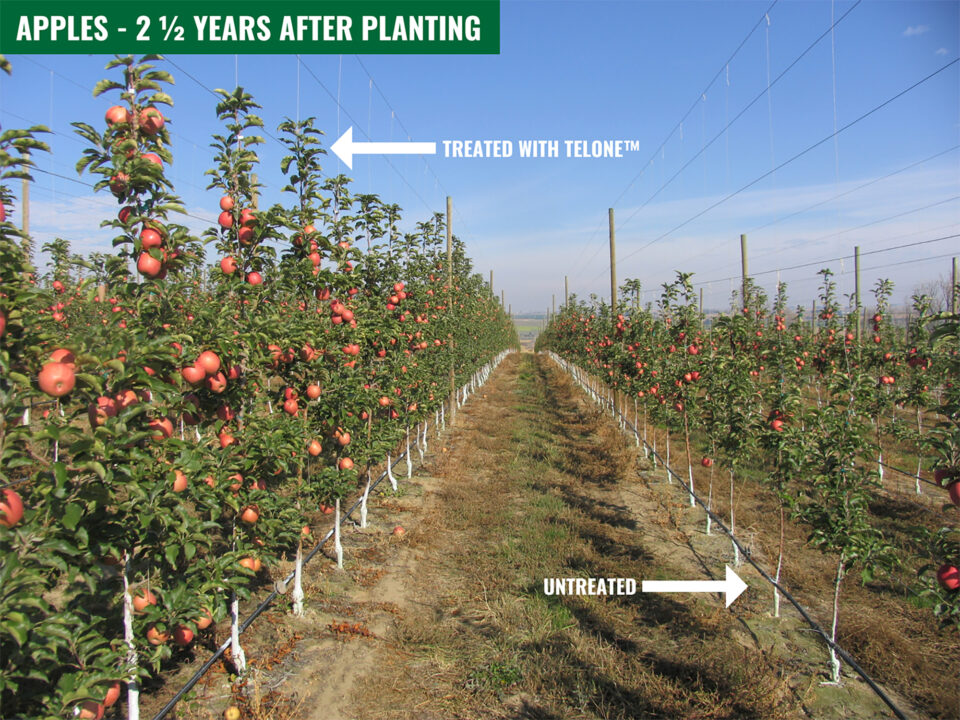Agriculture On The Brink Of Technical Revolution

1. How are advancements in the field of technology improving our ability to get detailed information about fields or groves?
McPeek: While the use precision agriculture in row crops is approaching commonplace, it is a rarity to find it used for permanent crops outside the research laboratory. We are on the cusp of a technological revolution for our industry. Developments in 3-D laser scanning (LiDAR) and multispectral imaging are changing the way that we look at our crops — literally.
2. In what ways can enhanced information about a grove be useful?
McPeek: The use of mobile based mapping systems allow us to now take highly detailed inventories of our crops. This includes the GPS position of the tree, trunk diameter, tree height, canopy diameter, and overall biomass. In addition to the information derived from LiDAR-based data, we also collect photographs of each tree with its corresponding GPS position. The cameras used include conventional digital (RGB), multispectral, hyperspectral, and video.
3. In the era of HLB, how can precision applications be useful?
McPeek: The use of advanced imaging, such as multispectral and hyperspectral, can be a highly effective tool for identifying and monitoring the advancement of disease in a crop. All living organisms have a unique spectral signature, much like a fingerprint. This signature changes when disease is present. Once known, trees or plants with the “diseased” signature can then be identified and flagged (virtually with GPS coordinates) within the crop. The same techniques can be used to monitor the effectiveness of various treatment programs (like a citrus grove’s response to enhanced nutrition programs).
4. How will the emerging trend of “Big Data” impact ag operations in the future?
McPeek: The use of LiDAR and advanced imaging solutions create very large data sets, often many terabytes in size. We routinely see one terabyte (equivalent to 1,048,576 megabytes) of raw data per one hundred acres of grove collected. The final refined data that is delivered to the grower is less than 10% of the raw size. As the appetite for increased information increases on the part of consumers, so too will size of the data sets that need to be managed. Data management will be an emergent concern for growers for years to come. While some growers will begin to fold this need into their existing operations, others will look to outside sources to provide easy access to the information that they need to make operational decisions without taking on the additional overhead of managing “Big Data.”









